If charge q1 is fixed and q2 is free to move then find out the velocity of q2 when it reaches distance r2 after it is release from a distance of r1 from q1 as shown in figure Assume friction is absent).
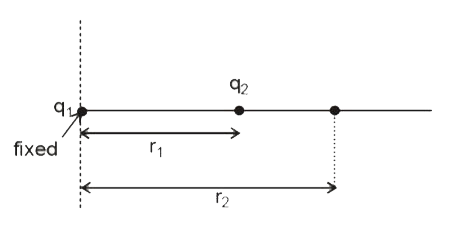
Find v of q2 when it reaches stance r2 after it is released from rest.
a=kq1q2mx2
∫v0vdv=kq1q2m∫r2r1dxx2
⇒v22=kq1q2m[1r1−1r2]
⇒v=2kq1q2m[1r1−1r2]
Topper's Solved these Questions
- BOOK - MOTIONCHAPTER - ELECTROSTATICS - I EXERCISE - EXERCISE - 1 (Section A)10videos
ELECTROSTATICS - I
- BOOK - MOTIONCHAPTER - ELECTROSTATICS - I EXERCISE - EXERCISE - 1 (Section B)10videos
ELECTROSTATICS - I
- BOOK - MOTIONCHAPTER - ELECTROSTATICSEXERCISE - Exercise -3 Section (B) Previous Year Problems | JEE Main30videos
ELECTROSTATICS
- BOOK - MOTIONCHAPTER - ELECTROSTATICS-IIEXERCISE - Exercise - 4 (Level - II)30videos
ELECTROSTATICS-II
Similar Questions
A point charge of charge -q and mass m is released with negligible speed from a distance √3R on the axis of a fixed uniformly charged ring of charge Q and radius R. Find out its velocity when it reaches it reaches at the centre of the ring.
 View Solution
View SolutionCharge q1 is fixed and another point charge q2 is placed at a distance r0 form q1 on a frictionless horizontal surface.Find the velocity of q2 as a function of seperation r between them (treat the changes as point charges and mass of q2 is m)
View Solution
Knowledge Check
- Question 1 - Select One
The value of charge q1,q2andq3 as shown in the figure are
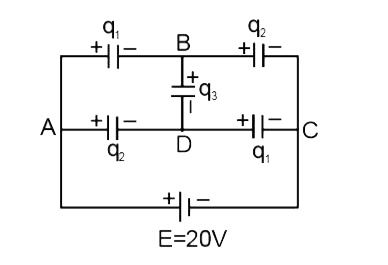 Aq1=32μC,q2=24μC,q3=−8μCBq1=48μc,q2=16μC,q3=+8μCCq1=32μC,q2=24μC,q3=+8μCDq1=3μC,q2=4μC,q3=+2μC
Aq1=32μC,q2=24μC,q3=−8μCBq1=48μc,q2=16μC,q3=+8μCCq1=32μC,q2=24μC,q3=+8μCDq1=3μC,q2=4μC,q3=+2μC - Question 2 - Select One
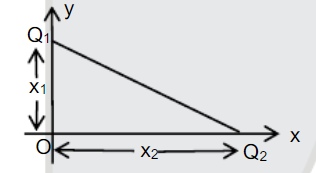
Two charge Q1 and Q2 are placed in xy plane at a distance x1 and x2 from origin a shown in figure. if electric field at O is same for both charge then find ratio Q1 and Q2.Ax1x2Bx2x1Cx21x22Dx31x32 - Question 3 - Select One
A charge particle q is released at a distance R∘ from the infinite long wire of linear charge density λ. Then velocity will be proportional to (At distance R from the wire)
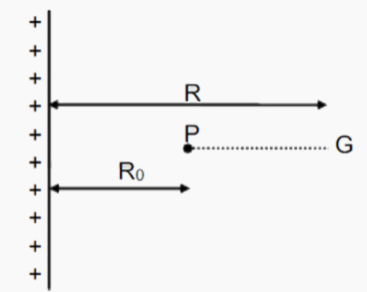 AR3BeR/R0CR2D[n(RR0)]−1/2
AR3BeR/R0CR2D[n(RR0)]−1/2
A block 'A' of charge q1 is fixed and second block of mass m and charge q2 is allowed to free on the floor findout the range of q2 for which the particle is at rest.
 View Solution
View SolutionA charge -q is placed at the axis of a charged ring of radius at a distance of 2√2 r as show in figure . If ring is fixed and carrying charge Q, the kinetic energy of charge - q when it is relased and reaches the centre of ring will be qQnπε0r.Find n
 View Solution
View SolutionThe negative charge −q2 is fixed, while positive charge q1 as well as the conducting sphere S is free to move figure. If the system is released from rest,
 View Solution
View SolutionA charge 'q' is placed at the centre of a conducting spherical shell of radius R, which is given a charge Q. An external charge Q' is also present at distance R'(R'>R) from 'q'. Then the resultant field will be best represented for region r<R by : [where r is the distance of the point from q]
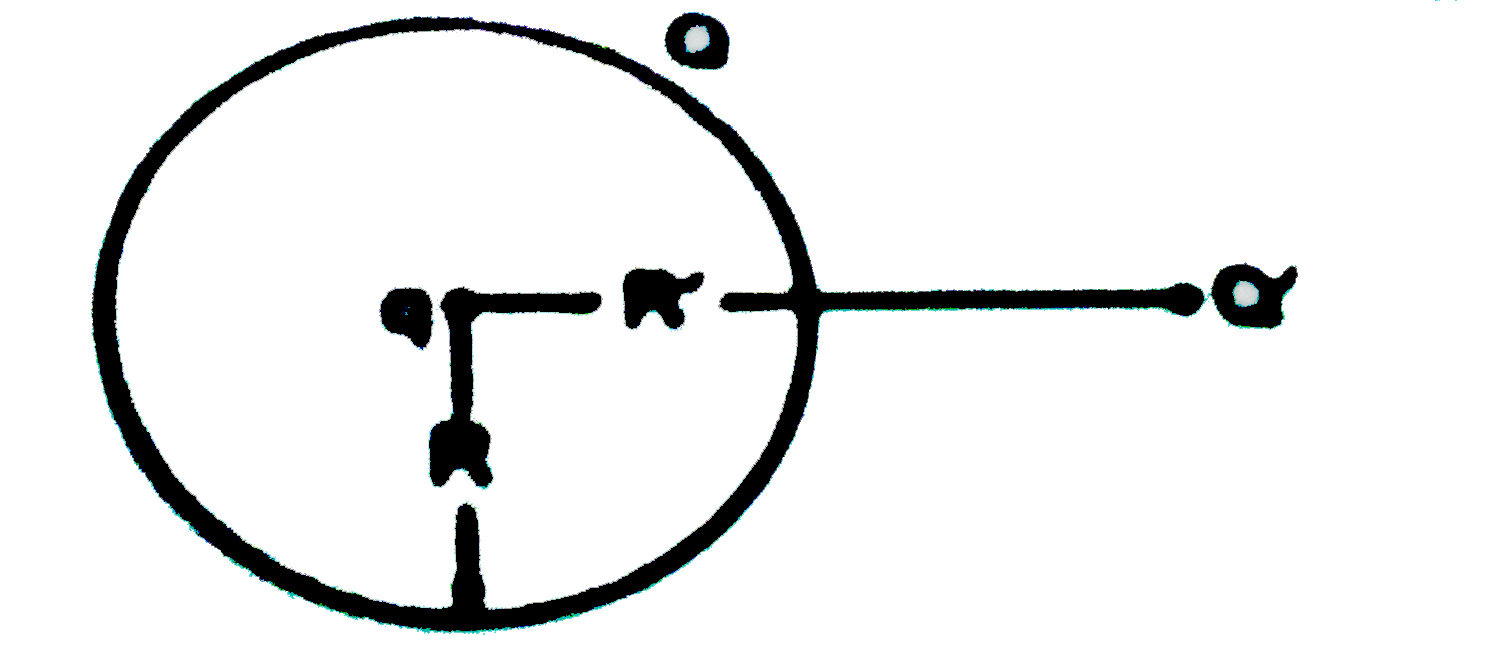 View Solution
View SolutionA ring of radius R carries a charge +q. A test charge −q0 is released on its axis at a distance √3R from its centre. How much kinetic energy will be acquired by the test charge when it reaches at the centre of the ring ?
View Solution
